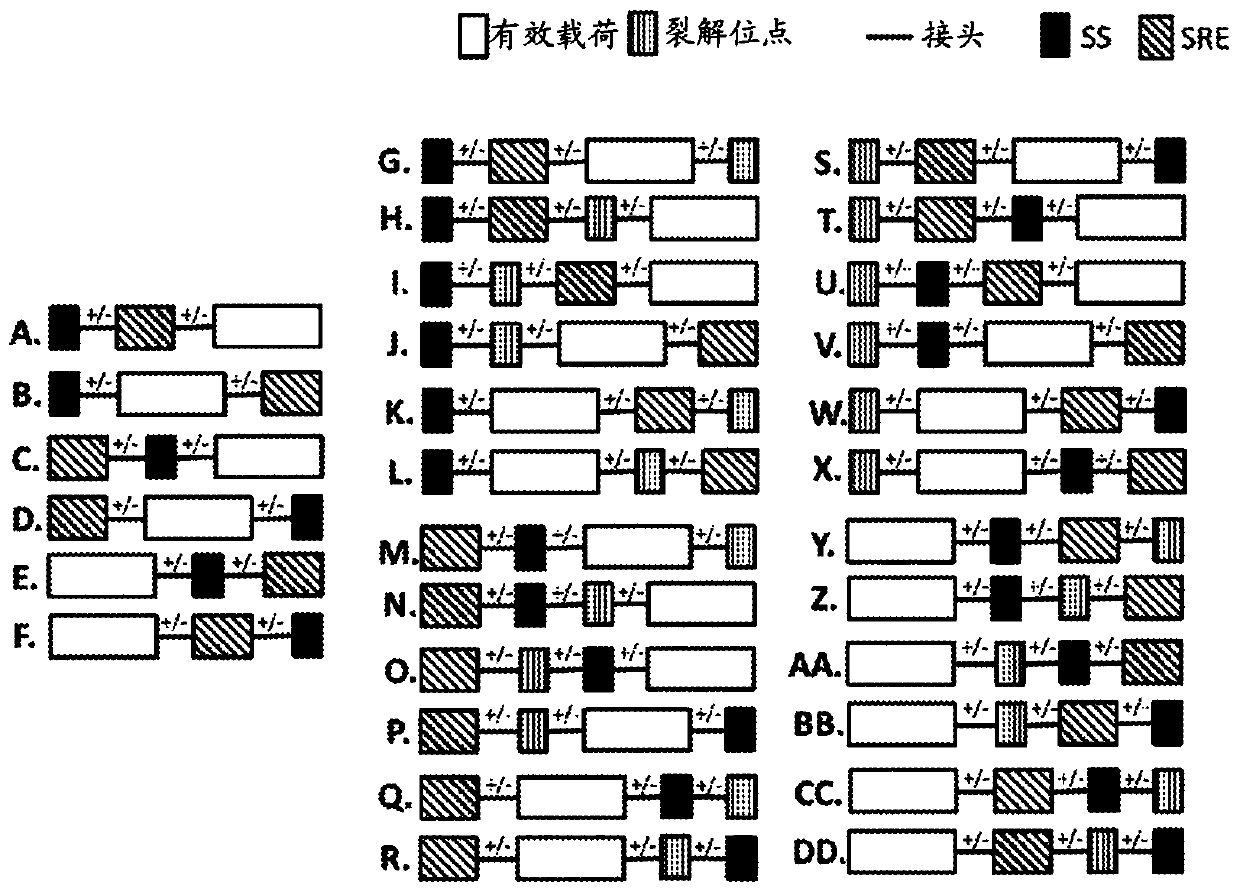Cd19 compositions and methods for immunotherapy
A composition and immunotherapy technology, applied in chemical instruments and methods, for targeting specific cell fusion, drug combination, etc., and can solve problems such as off-target toxicity
- Summary
- Abstract
- Description
- Claims
- Application Information
AI Technical Summary
Problems solved by technology
Method used
Image
Examples
preparation example Construction
[0213] The preparation of antibodies, whether monoclonal or polyclonal, is known in the art. Techniques for producing antibodies are well known in the art and are described, for example, in: Harlow and Lane "Antibodies, A Laboratory Manual", Cold Spring Harbor Laboratory Press, 1988; Harlow and Lane "Using Antibodies: A Laboratory Manual" Cold Spring Harbor Laboratory Press , 1999 and "Therapeutic Antibody Engineering: Current and Future Advances Driving the Strongest Growth Area in the Pharmaceutical Industry" Woodhead Publishing, 2012.
[0214] Antibodies as described herein, and fragments and variants thereof, can be produced using recombinant polynucleotides. In one embodiment, the polynucleotide has a modular design encoding at least one of an antibody, fragment or variant thereof. As a non-limiting example, the polynucleotide construct can encode any of the following designs: (1) antibody heavy chain; (2) antibody light chain; (3) antibody heavy chain and light chain; (...
Embodiment 1
[0740] Example 1. Generation of novel ligand-responsive SREs or DDs by mutagenesis screening
[0741] Research design
[0742] To engineer constructs exhibiting ligand-dependent stability, candidate ligand-binding domains (LBDs) were selected, and a cell-based screen was designed using yellow fluorescent protein (YFP) as a reporter of protein stability to Mutants of candidate LBDs with desirable characteristics of destabilizing domains were identified: low protein levels (i.e., low basal stability) in the absence of ligand for the LBD, large dynamic range, robust dose-response behavior and predictable Prediction and rapid degradation kinetics (Banaszynski et al., (2006) Cell; 126(5):995-1004). Candidate LBDs bind desired ligands, but not endogenous signaling molecules.
[0743] Candidate LBD sequences (as templates) are first mutated using a combination of nucleic acid analog right-hand and error-prone PCR to generate a library of mutants based on the template candidate ...
Embodiment 2
[0751] Example 2. Expression of recombinant IL12 regulated by DD
[0752] The FKBP(DD)-IL12 and DHFR(DD)-IL12 constructs were packaged into pLVX IRES-Puro lentiviral vectors with or without CMV, EF1a or PGK promoters. IL12 consists of two subunits, p40 and p35, separated by a linker. The p40 signal sequence was inserted next to DD or IL12. In several constructs, a furin protease cleavage site or a modified furin site was included.
[0753] HEK293T cells were transiently transfected with 200 ng or 1 μg of FKBP-IL12 plasmids (OT-IL12-001 to OT-IL12-005) and subsequently treated with 10 μM Shield-1 or vehicle control for 6 hours. Media was collected from transfected cells and diluted 1:50 to measure IL12 levels using p40 ELISA. The stabilization ratio was defined as the fold change in IL12 expression with ligand treatment compared to treatment with DMSO with the same construct (ie in the absence of ligand). A stabilization ratio greater than 1 is desired. The average IL12 ...
PUM
 Login to View More
Login to View More Abstract
Description
Claims
Application Information
 Login to View More
Login to View More - R&D
- Intellectual Property
- Life Sciences
- Materials
- Tech Scout
- Unparalleled Data Quality
- Higher Quality Content
- 60% Fewer Hallucinations
Browse by: Latest US Patents, China's latest patents, Technical Efficacy Thesaurus, Application Domain, Technology Topic, Popular Technical Reports.
© 2025 PatSnap. All rights reserved.Legal|Privacy policy|Modern Slavery Act Transparency Statement|Sitemap|About US| Contact US: help@patsnap.com



